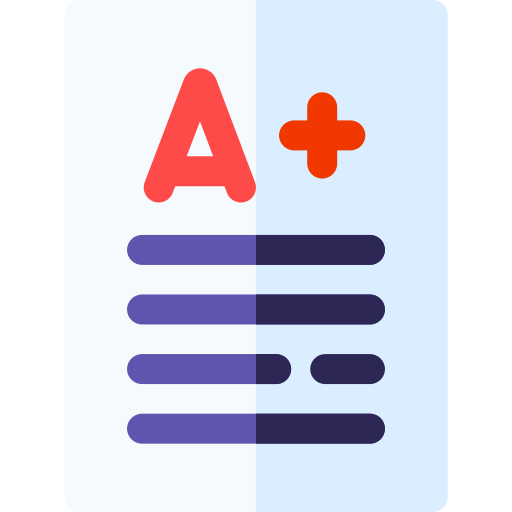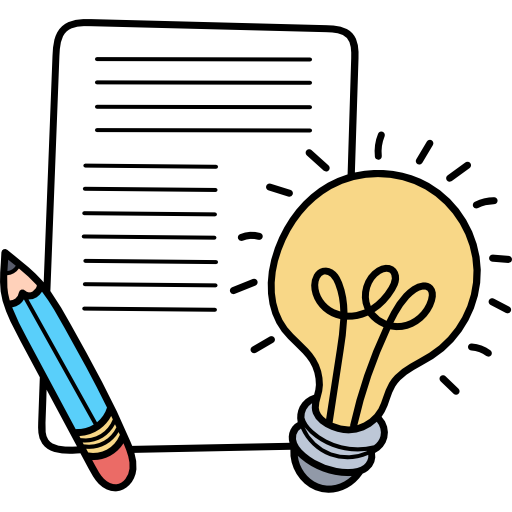دليل المعلم 2020 2021 تربية أخلاقية منهج إنجليزي صف حادي عشر فصل ثالث
The Nature of the Moral Education Programme
You will notice that each lesson in each unit is framed in the form of a question. This is deliberate. In Grades 10-12, students are expected to be increasing in their maturity and level of awareness and understanding. As part of the preparation of students for the world of work and higher education, it is assumed that students will begin to develop more critical thinking skills. By framing each lesson as a question, we are sending a signal to students that moral education is about questions
These questions are invariably open-ended questions which require thought, consideration, balance and critical awareness. The questions framed also reflect the underpinning foundations of the MEP including respect, thoughtfulness, thinking, learning and communication skills, handling and understanding information, solving problems, decision making, being creative, working with others, and managing oneself. It is important to remember that whilst we wish to instil a sense of purpose, respect, an understanding of civic responsibilities and respect for law and order, in many of the topic covered in Grades 10-12, there are often no specific'right' or 'wrong'answers to the questions or issues raised. The aim is to encourage students to recognise that in some cases, there are 'grey areas where decision-making can be difficult. These grey areas may require leaders to be decisive, to show leadership and make difficult decisions. They may also require students to take responsibility, to be courageous, determined, show discipline, wisdom, and generosity, again underpinning foundations of the MEP. Helping students recognise the challenges faced in understanding moral education will be a crucial part of the teaching process
The Pedagogical Structure of the Lessons in the Student Book
The structure of the lessons includes content related to the curriculum for the unit, along with a number of pedagogical features. As noted, these pedagogical features can be used by the teacher as part of lesson planning. Many of the task boxes in the Student Book include some lines to allow students to write down their idea, thoughts, or answers. The main features are: Key Terms Boxes Key terms boxes are provided in the margins of the text. They will provide a definition of a key term used in the text. The key term will be emboldened and in blue in the text to alert students that the definition will be given in a box in the margin. You may wish to encourage students to learn these key terms as they provide important building blocks to understanding the content and context of the issues being considered. Assessment on the key terms provides an opportunity to test basic knowledge recall which reflects lower order skills
Suggested Lesson Structure
. Introduction (8 minutes)
Introduce the lesson by asking the students to brainstorm the key significant issues of our time. They may come up with ideas such as climate change, pollution, population pressure, etc. They may also come up with ideas that are relevant to their peer group or generation, such as online bullying or peer pressure. Remind them that we are identifying global issues that have the potential to affect everyone on earth. They may like to draw on their prior knowledge from Lesson 7 in Unit 4, of Grade 11, and come with ideas related to each of the Global Commons
Capture their ideas as key words or phrases, either on the board, or typed into presentation software. Allow a maximum of 10 ideas and then stop the brainstorming process. Pyramid Activity: Let the students reflect on the list of issues. Tell them to work in pairs and rank the issues from 1 to 10, with 1 being the most urgent or serious problem. Give them one minute to do this.
Now put sets of pairs together and get them to repeat the exercise - again in one minute
Put groups of four together and repeat the activity
Once you have three larger groups left with their rankings, write up their top three ranked issues on the board
If the rankings are different, then get the students to vote individually on which of the three is the one they personally think is most significant, second most significant and third most significant
In plenary, ask the students if they think this way of identifying needs and issues is a useful way to prioritise significant issues. Is it fair? Is there a more effective way to do it? The idea is to get them to think critically about process, as well as outcome. They may have noted that for some people a particular issue may be far more emotive or important than others. For example, girls who know that there are literally millions of other girls around the world who are out of school may feel that girls' education is the most important issue, whereas a student who is passionate about conservation may insist that loss of biodiversity is the most important problem. It is not important if they do not reach consensus in the end. What is important is that they are increasing their awareness of the complexity of global issues, and starting to form their own ideas about what is important and perhaps how they may like to get involved in addressing it
What's in the News
(8 minutes)
The media plays a critical role in the types of information that individuals access, and the kinds of topics and issues they read, learn and form opinions about. It is a widely known fact that social media sites such as Facebook use algorithms to present suggested content to users that matches the kind of material they demonstrate a preference for through their personal browsing activity. This means that if you use a social media site as your primary medium for interacting with the world, there are literally millions of issues that you would never know about - because your newsfeed is tailored to the (potentially narrow) range of topics that you already know about
Working with media sources is a way to develop students' awareness of bias in reporting and to think critically about the role of media in connecting the world and how they respond to issues they read about. How are their opinions formed? You have the opportunity to develop their metacognition - their thinking about how they think. Students should also become aware that media companies may be privately owned, or serve the agendas of shareholders. This introduces an element of bias into reporting. They can reflect on these issues when they access media
Scanning the news: Let the students use their devices to access today's news on any three different news sites, for example, Gulf News, Khaleej Times, The New York Times, etc. They can do this pairs. Tell them to identify, from scanning headlines, how many times global issues that they identified in class are mentioned in the 'world' or 'global' news headlines. They can do the same for a search filter of one week if they have enough time
You can differentiate this activity by asking students to type one or two of the keywords from the board into the search option for each site and note what headlines come up. As extension for stronger students, you can ask them to identify differences in how the issues are presented across different sites. For example, is there a regional focus? Is there a human rights focus? Is there an economic focus
Conclude the activity by letting students give some feedback in a one minute plenary. Or, you can ask them to answer the question: to what extent do the media influence our perception about the global issues of our time? Some students may even use the term 'fake news! You can get them to reflect on this as a homework activity




